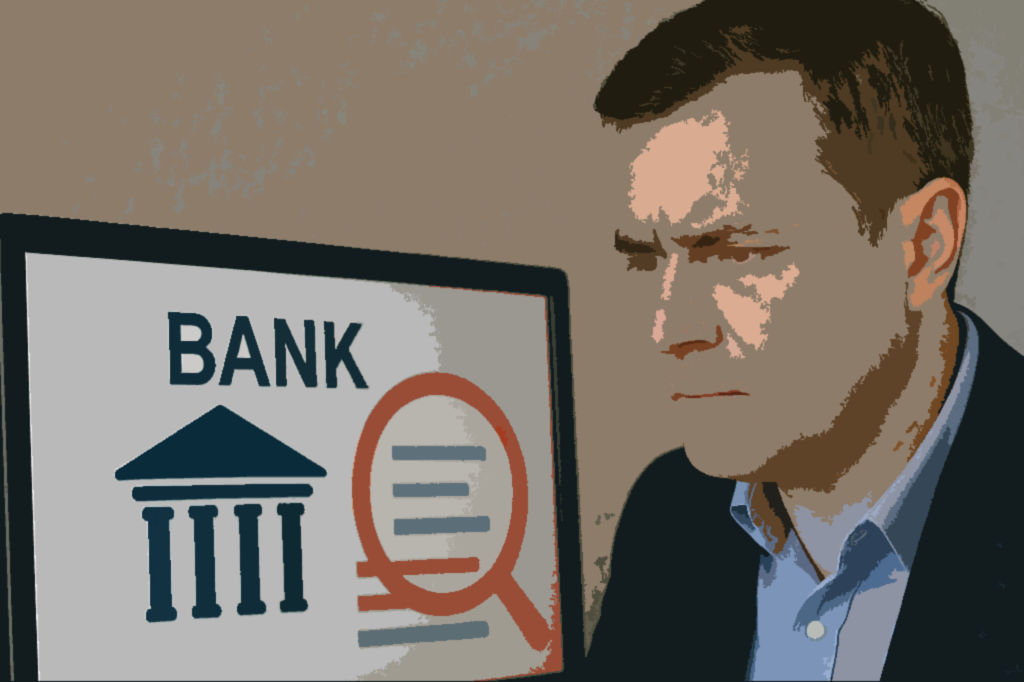Big changes are coming to the way millions of people in the UK do their taxes — and it’s starting in April 2026. If you’re self-employed, run your own small business, or rent out a property, the traditional once-a-year Self Assessment tax return is on its way out.
Instead, we’re moving into the world of Making Tax Digital for Income Tax Self Assessment — or MTD for ITSA (yes, it’s a bit of a mouthful). The idea is simple: HMRC wants everything to go digital. They’ve already done it with VAT, and now income tax is next on the list.
Here’s the deal: from April 2026, if you earn more than £50,000 from self-employment or UK property, you’ll need to keep digital records, send income updates to HMRC every three months, and then wrap it all up at the end of the year with an End of Period Statement (EOPS) and a Final Declaration. If you earn between £30,000 and £50,000, you’ll join the party in April 2027.
Gone will be the days of leaving everything to the last minute in January. Instead, you’ll be chipping away at it throughout the year — which, honestly, could make life a lot easier if you get organised early. HMRC says this will reduce errors, keep everyone on track, and make tax a bit more predictable.
So, where do you start?
If you’re still using a notebook or a basic spreadsheet, now’s the time to look at MTD-compatible software like Xero, QuickBooks, or FreeAgent. And you don’t have to figure it out on your own. We’re already helping clients make the switch, set up the right tools, and keep things running smoothly.
Not sure where to begin? Drop us an email, and we’ll walk you through it — no jargon, no stress, just a clear plan to get you ready for the future of tax.











